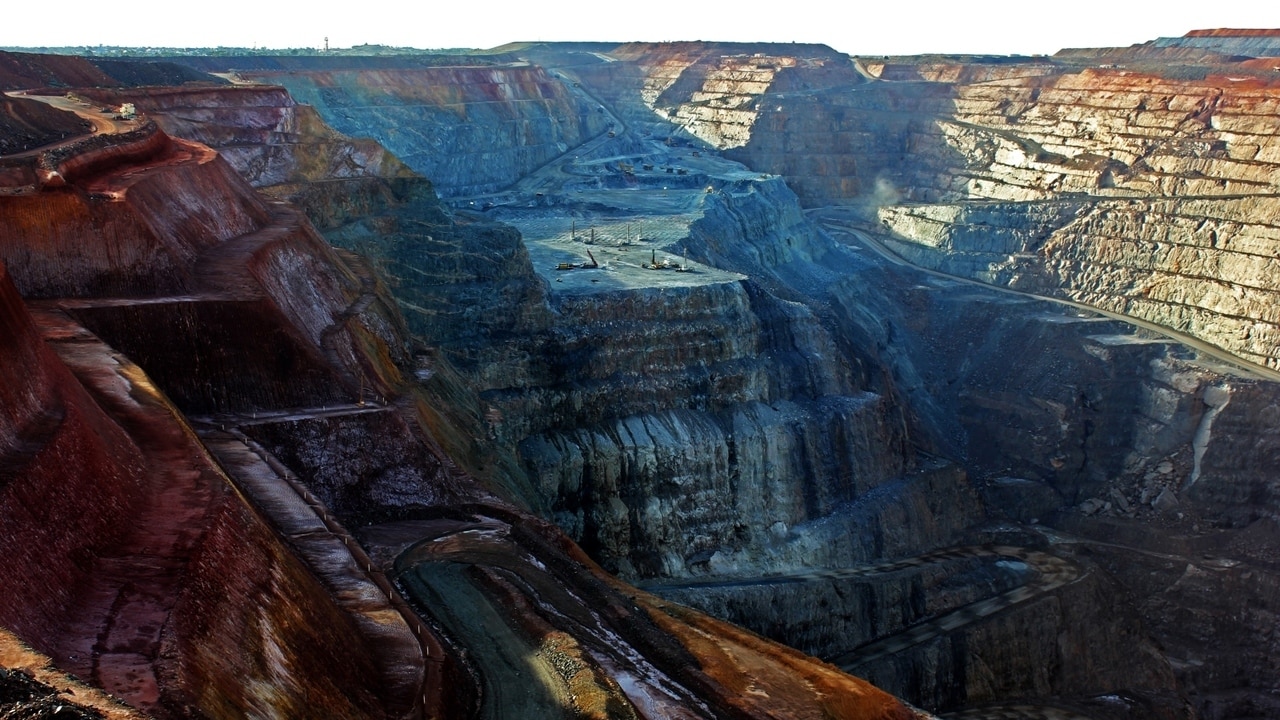Clean Energy Finance Corporation funding hits three-year low
New investment commitments by the Clean Energy Finance Corporation fell to a three-year low last financial year.

New investment commitments by the Clean Energy Finance Corporation fell to a three-year low last financial year as the renewable energy target was filled early and the federal government ordered a new focus on reliable, dispatchable power.
The CEFC said limitations on the national transmission network that constrained the amount of new energy generation that could be connected also contributed to the fall in investment activity to $1.46bn, from a record $2.3bn the previous financial year.
In December, federal Energy Minister Angus Taylor and Finance Minister Mathias Cormann delivered a new mandate to the CEFC to move away from variable renewables such as wind and solar, where it could crowd out the private sector. Instead, the fund should focus on emerging technologies and take into account the impact of renewables projects on the security of supply.
Chief executive Ian Learmonth said “there was not really a correlation” between the fall in investment activity and the new mandate.
“I wouldn’t read anything into it,” he told The Australian.
Read more | Paris targets on radar in green energy surge | Jerry Schwartz a bright spark on solar power
The new mandate had steered the body to invest more in projects where firming capacity such as batteries and pumped hydro was required to make a project stack up.
Mr Learmonth said the agency was closely eyeing nationally significant network investments that could help unlock parts of the national energy market, but would leave larger investments such as proposed interconnectors between the states or to unlock renewable energy zones to the private market where they could easily be financed.
But he said the Marinus Link — a proposed second interconnector cable from Victoria to Tasmania — could attract CEFC funding because it would unlock wind and pumped hydro investment in northwest Tasmania that could be used to help a stretched mainland electricity market.
“That is something we would love to be involved with,” Mr Learmonth said.
Settlement of a new, smaller renewable energy target after a review in 2015 sparked a two-year boom in investment that led to the scheme being filled a year ahead of its 2020 deadline.
Funding commitments from the CEFC, sometimes called Australia’s green bank, jumped from $837m to $2.07bn in 2016-17 and $2.3bn the following year.
Investors and energy companies have complained that a lack of settled national energy and emissions policy, as well as aggressive market interventions such as threatened divestment, retail price caps and direct government investment is behind a collapse in new private sector investment in generation capacity.
But regulators have also cautioned against the pace of renewable investment because it has made coal-fired power less financially viable, raising the prospect of more plant closures and less reliable energy.
The fund was set up to supplement and encourage investment in renewable energy and the CEFC said commitments were multiplied more than three times in the past financial year to $6.3bn and had averaged better than two-to-one over the life of the fund.
Last financial year investments included $940m in large and small-scale renewable energy, and a further $524m in energy efficiency and low-emissions investments. Among them was the nation’s largest home battery project, for which CEFC provided $100m for the South Australian government’s home energy storage subsidy scheme
The CEFC Act requires the CEFC to invest in at least half its funds in renewable energy technologies. It was 53 per cent at June 30.
The CEFC said its profit rose by two-thirds to a record $143m in the 2019 financial year on a normalised basis as many of the investments matured and interest repayments from projects increased. Statutory profit surged from $101.8m to $218.7m as record low interest rates spurred a paper gain of $95.7m on bonds held by the CEFC that new accounting rules require companies to book through its profit and loss statement.


To join the conversation, please log in. Don't have an account? Register
Join the conversation, you are commenting as Logout